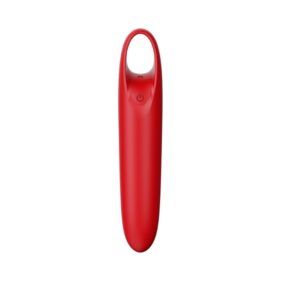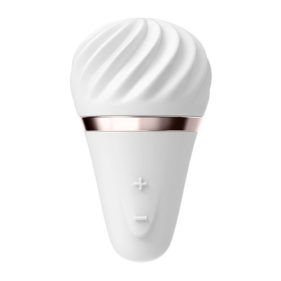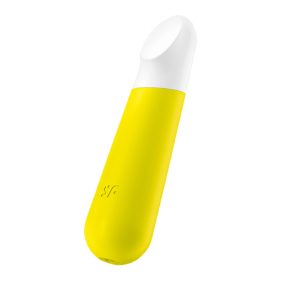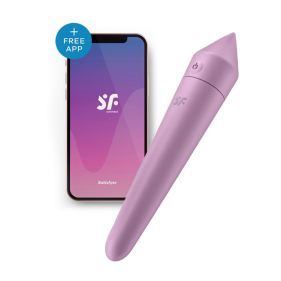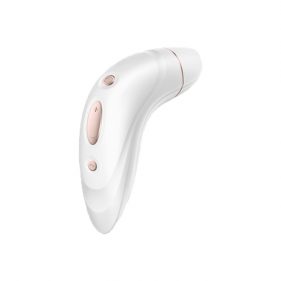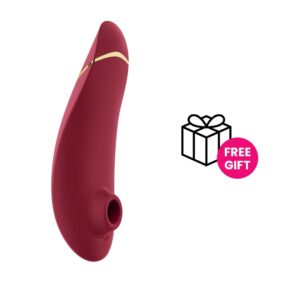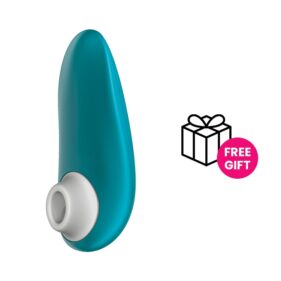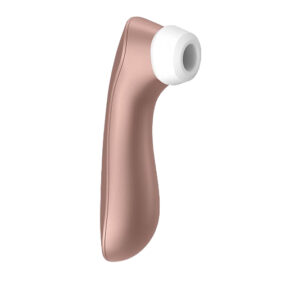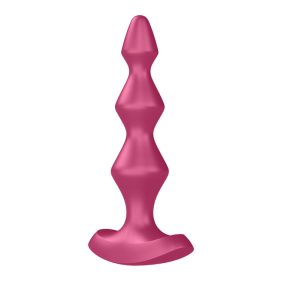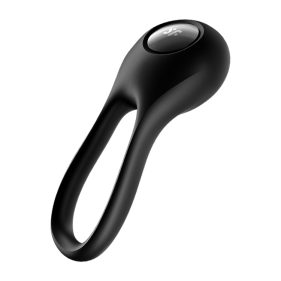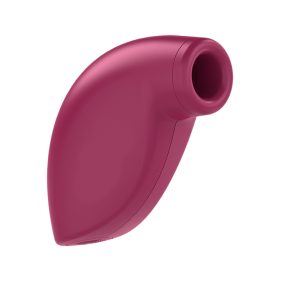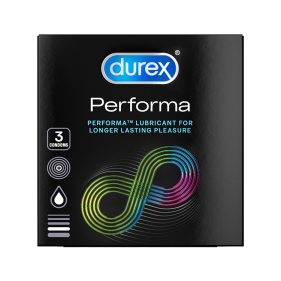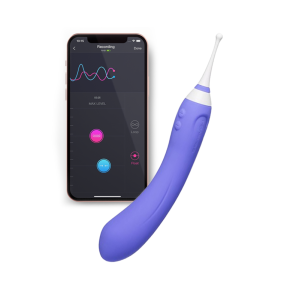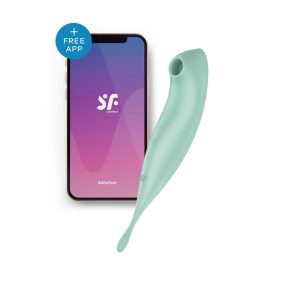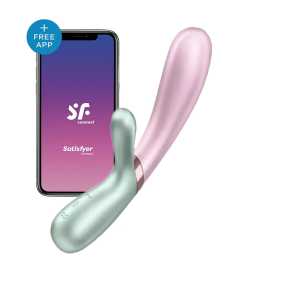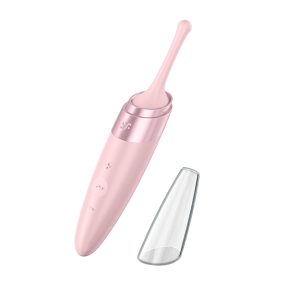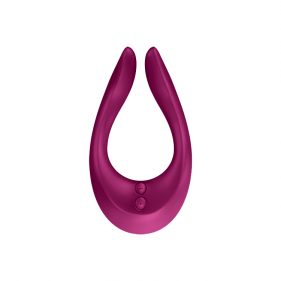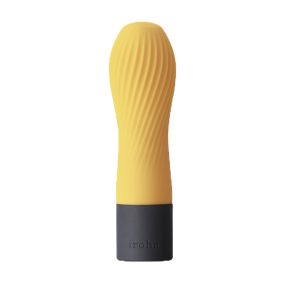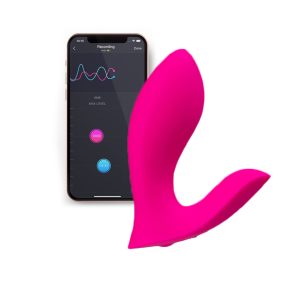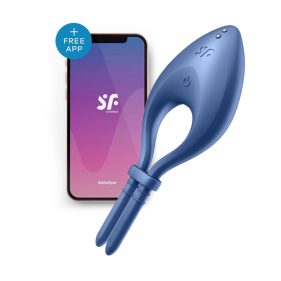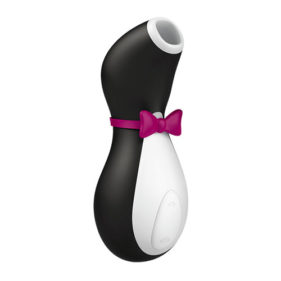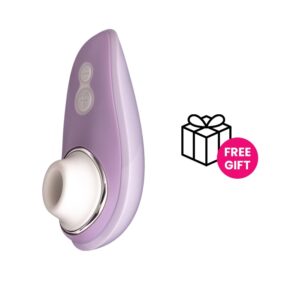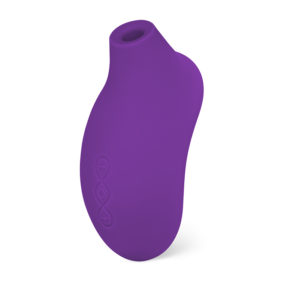
This IUD Birth Control article is meant to be a source of valuable information for the reader; however, it is not a substitute for direct expert assistance. Seek help from a medical professional if you’re experiencing a severe case of this condition.
Being a parent is a rewarding experience. However, it’ll require most of your time, energy, money, and patience. It’s also a life-long commitment, as you will be guiding your child every step of the way— from how they should eat to how to survive the “adulting” world.
This is why you should have a child when you’re ready. And no, not just “Oh, I wanna have cute babies!” kind of ready. You need to be mentally, emotionally, physically, and financially prepared. Yes, having an abundant savings account would not make you instantly become a great parent, but it’ll help you become one.
Now, this doesn’t mean that you should stop having a sex life until you’re prepared enough to have a child. You can still have sensual fun; you only need to follow safe sex practices, such as getting the right birth control.
Birth control, also known as contraceptives, are medications and medical procedures designed to prevent pregnancy. There are tons of contraceptive options in the market; some can be bought over the counter, such as condoms, while others require approval from a medical professional, such as IUD.
With so many options, you’re probably confused about what to get for yourself or your partner. Don’t fret, as we’re here to help. We will be discussing all of the different birth control options for men and women in our lauvblog. For this one, though, we’ll talk about Intrauterine Device or commonly known as IUD.
What is an IUD (Intrauterine Device)?
An IUD or Intrauterine Device is a t-shaped device placed in the uterus to prevent the wearer from getting pregnant. Slightly bigger than a quarter, this female contraceptive stops pregnancy by blocking the sperm from reaching and fertilizing eggs. It comes in two types:
- Hormonal IUD – This type of IUD releases a hormone called progestin levonorgestrel. It thickens the mucus on your cervix and thins the lining on your uterus, blocking the sperm in the process. It can also stop the wearer from ovulation (ovaries releasing an egg).
- Copper IUD – This type doesn’t use hormones to block the sperm. Instead, it’s built with copper, which is considered a spermicide. It damages the sperm even before they’ve reached the egg.
Benefits of Using IUDs
As IUD is birth control that requires vaginal insertion, you might be adamant about trying this one out. But before you completely remove this from your options, check out the benefits below.
1It’s low-maintenance compared to other birth control options.

One of the benefits of using IUDs as birth control is that they’re convenient. Once you’re done with IUD insertion, you can keep it for 5 to 10 years, depending on the type and brand of your IUD.
No need to schedule medication, no need to visit your local pharmacy, and no need to do any pre-intercourse activities just to avoid pregnancy. All you need to do is lie down in your bed and enjoy the deed.
-
₱99.00
-
₱285.00
2IUDs are more than 99% effective.
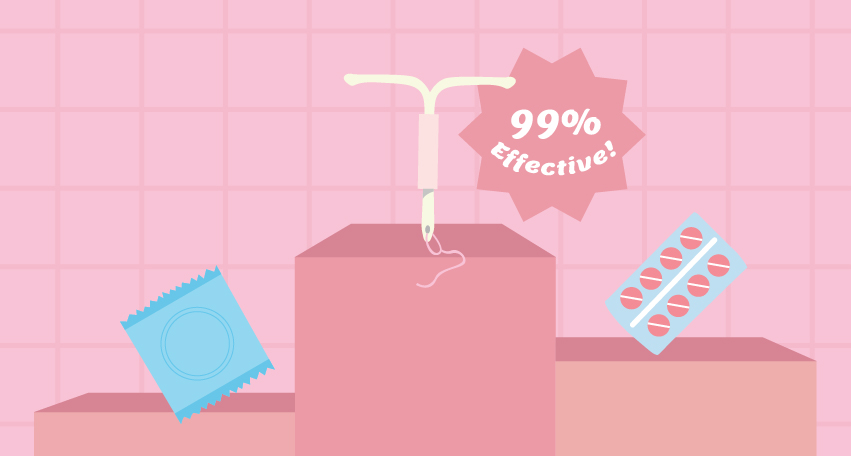
Aside from being convenient, IUDs provide long-term and reliable protection against pregnancy. It’s more than 99% effective. Aside from its high efficacy rate, another great thing about IUDs is that, unlike birth control pills or condoms, there’s no way that you could mess up their effectiveness. As we’ve mentioned above, once the contraceptive is placed in your uterus, you have nothing to worry about.
3They’re known to relieve menstrual symptoms.
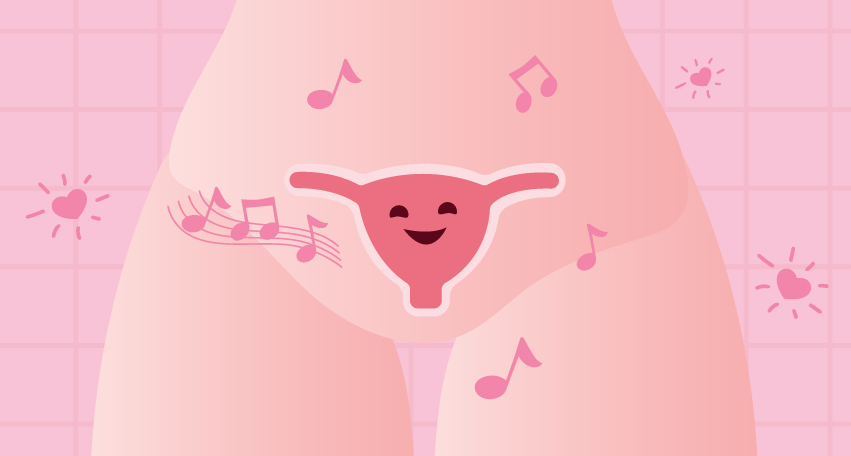
If you’re using hormonal IUDs, you may have lighter or no periods at all while wearing the device; there is no need to deal with menstrual cramps.
However, if you’re using the copper IUDs, you may experience the opposite effect in the first two to three months; you may bleed more, and the cramps could get stronger than before. This would only last for a few months, though; your menstruation and period cramps will eventually go back to normal.
-
₱995.00
-
Original price was: ₱2,745.00.₱2,470.50Current price is: ₱2,470.50.
-
₱2,695.00
-
₱3,395.00
4IUDs are reversible and won’t affect your fertility.

Another great thing about this birth control is it’s reversible; you can just remove it once you’re ready to have a baby. All you need to do is return to the clinic where you’ve inserted the IUD and ask the assigned healthcare provider to remove it. Once it’s out of your body, you’re fertile again.
5You can use them as emergency contraception.
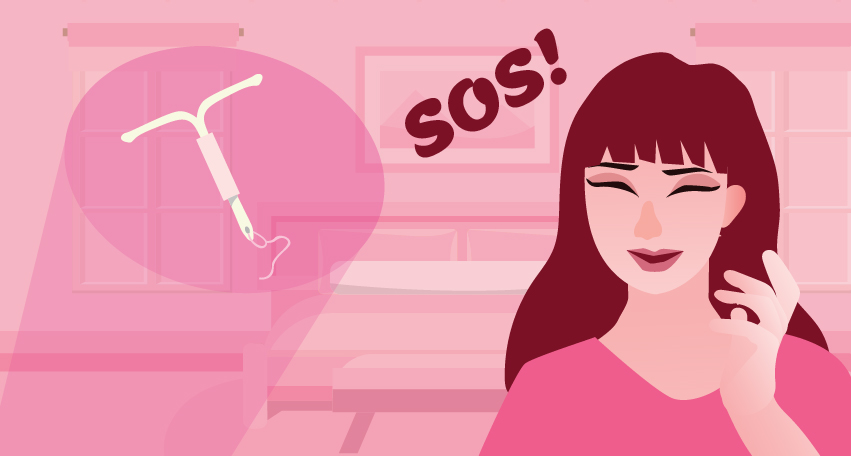
Yep, you read that right. You can use IUDs as an emergency contraceptive. Just make sure that you’ll be inserting the device within 5 days after having unprotected sex. If you know the date of your last ovulation, you may be able to use it beyond the five days; consult your doctor for more details.
-
₱4,745.00
-
₱11,990.00
-
₱4,750.00
-
₱4,745.00
6It wouldn’t interfere with your sexual activities.

Another great thing about the IUD is that this birth control doesn’t affect your sex life. As we’ve mentioned earlier, you don’t have to do any extra steps once it’s placed in your uterus.
7Lactating women can safely use IUDs.
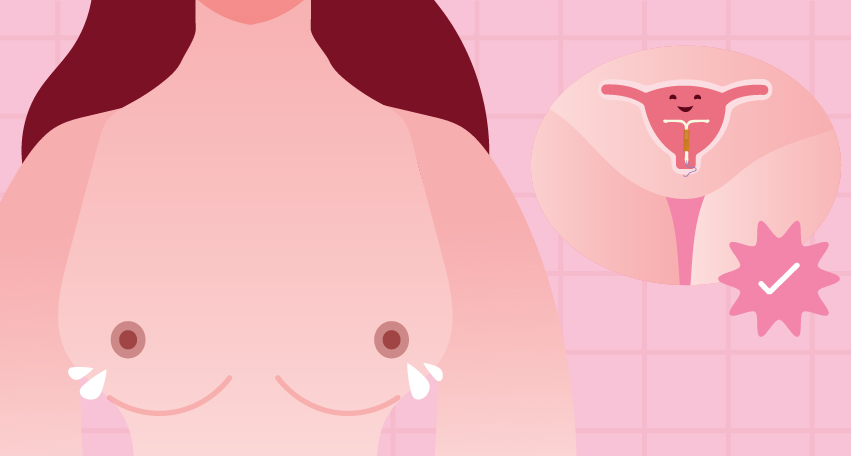
You can safely use a hormonal or copper IUD if you’re breastfeeding your baby. Any type would be okay and won’t affect your milk supply, but if you want to make sure, go for copper IUD as it doesn’t contain any hormones.
Remember that you will need to wait for 6 weeks before IUD insertion. Getting it a few days after the delivery may cause more harm than good; there’s a possibility that your body will expel it. Don’t forget to consult your doctor and check if IUD is the right birth control.
Disadvantages of Using IUDs
Along with the benefits, there are also some risks associated with IUDs. Make sure to check this section before deciding if you’re going for the IUD as your birth control.
1You may experience negative side effects after wearing the IUD.
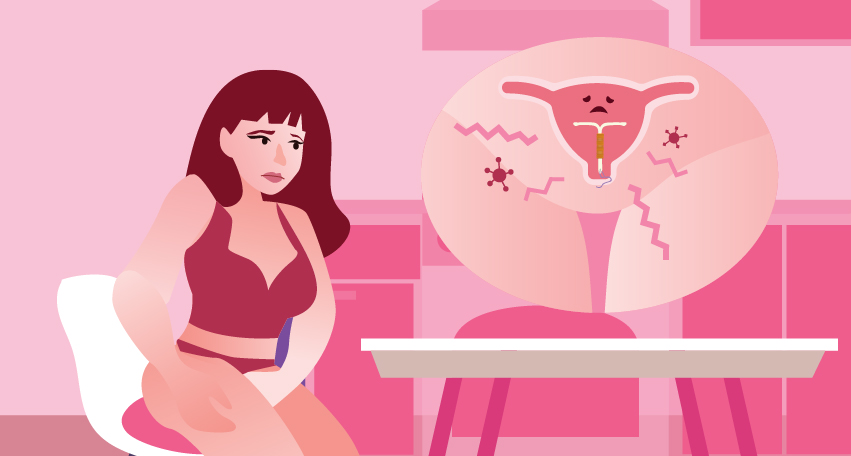
Same with other birth control methods, the IUD comes with several side effects, such as the following:
Dizziness – You may feel this right after the insertion procedure; make sure to sit or lie down somewhere for a while before leaving the area.
Changes in Menstrual Flow – You may experience irregular or heavier periods after the insertion procedure, depending on the IUD you’re getting. For instance, it’s reported that hormonal IUD makes periods lighter, while copper IUD results in heavier blood flow.
Ovarian Cysts – These are fluid-filled sacs in their ovaries. They’re pretty much harmless, but there are some cases wherein women experience bloating, swelling, or lower belly pain. There’s a chance that you might get this a year after the insertion procedure.
Ectopic Pregnancy – If you ever notice intense belly pain or vaginal bleeding while wearing this device, see a doctor immediately. There’s a possibility that it could be an ectopic pregnancy; this happens when a fertilized egg implants outside your uterus. There’s no way for the egg to survive and only causes harm to your health.
2It doesn’t offer protection against sexually transmitted infections (STIs).
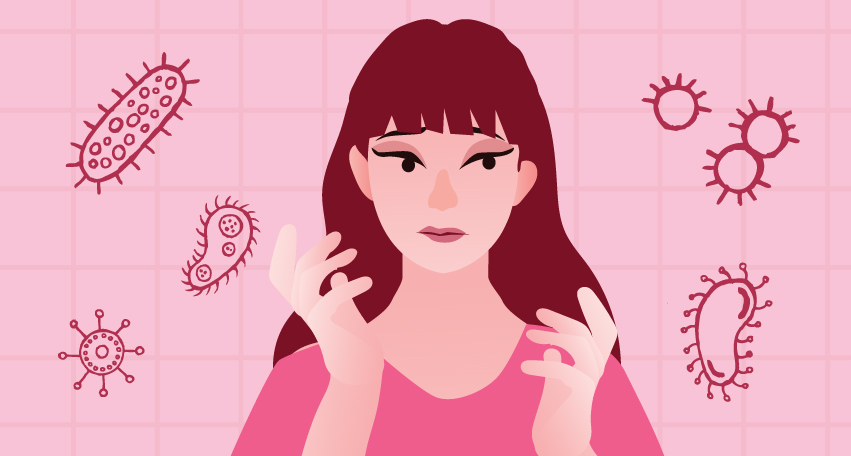
Another disadvantage of using an IUD as birth control is that it doesn’t protect against STIs. If you’re engaging in casual relationships, you still need to use a condom.
-
Original price was: ₱3,395.00.₱3,055.50Current price is: ₱3,055.50.
-
₱1,200.00
-
₱2,695.00
-
₱895.00
3IUD insertion can be extremely painful for some people.
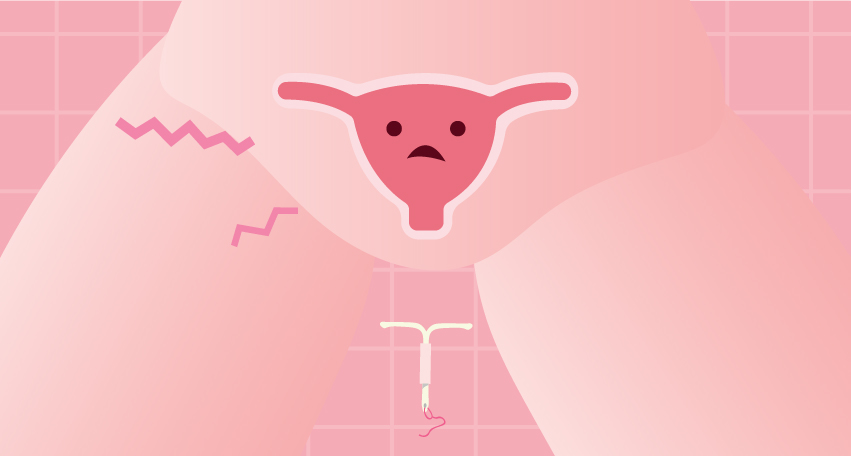
If you have a low pain threshold, you might want to reconsider this option. The IUD insertion process, albeit quick, may be painful for some peeps. So if you’re not up for the procedure, consider going for birth control options that don’t require medical procedures, such as birth control pills, condoms, etc.
4You may have a small risk of IUD perforation and expulsion.
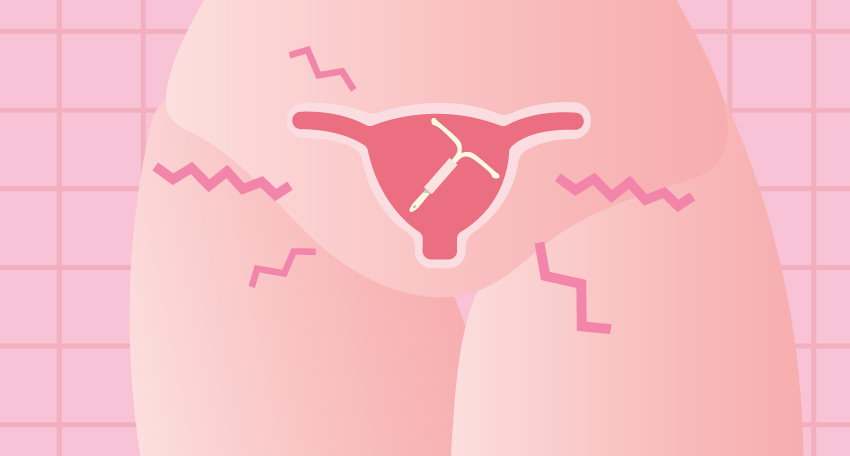
Another con of this birth control option, is that IUDs can poke through the walls of your uterus (perforation) or that it can fall out of your uterus.
If IUD is expelled from your body, go to the clinic as soon as possible and follow the necessary steps. Never ever try to put the IUD back in your uterus, nor try to do home remedies for your perforated uterine wall.
-
₱99.00
-
Original price was: ₱190.00.₱165.00Current price is: ₱165.00.
5There’s a small chance of getting a pelvic infection.
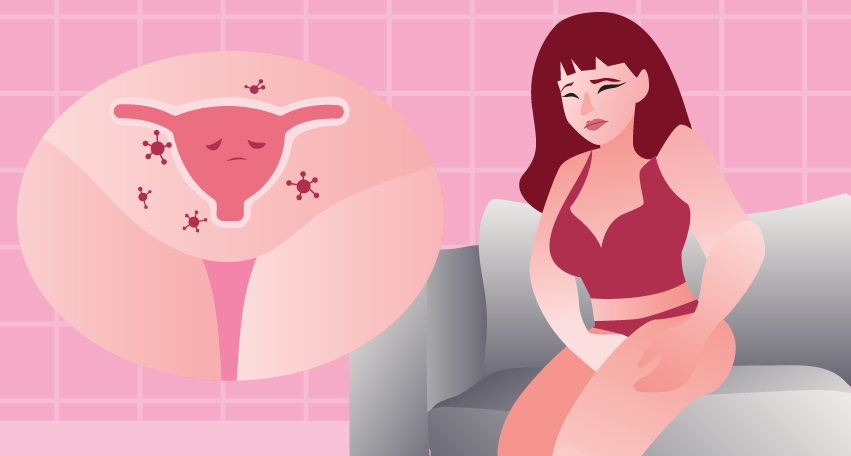
Using an IUD as birth control may increase your risk of getting an infection of the uterus, fallopian tubes, or ovaries, also known as a pelvic inflammatory disease (PID). When your IUD is inserted, the bacteria that causes this disease can get into your body. It usually happens in the first 20 days after getting the device placed in your uterus.
Keep in mind that this condition isn’t common for IUD users, but if you ever feel the following symptoms below, there’s a chance that it’s PID, and you should consult your doctor immediately:
- Fever
- Chills
- Belly pain
- Smelly vaginal discharge
- Heavy vaginal bleeding
How to Know if IUD is the Right Birth Control for You
After checking the pros and cons, you’ve probably decided whether or not to avail this contraceptive. If you’re 100% sure you’re not getting the IUD as your birth control, you may want to check our birth control for women guide.
As for the peeps who are still interested, you’ll need to check first if your mind and body can work well with this contraceptive. Here are the signs that the IUD is the right option for you.
1Your doctor wants you to avoid birth control methods that contain estrogen.

If you have certain conditions that prohibit you from taking any hormonal birth control that has estrogen in it, don’t worry, as hormonal IUDs don’t have any estrogen. It only release a low dose of progestin.
-
₱6,555.00
-
₱4,745.00
-
₱5,395.00
-
₱4,745.00
2You don’t like taking hormonal birth control.

Though it’s highly effective, some people don’t want to use hormonal birth control due to the side effects. Some may end up with uncontrollable acne or unmanageable weight gain. Some may find themselves with heavier and longer periods. So if you’re one of those peeps who don’t like using hormonal contraceptives, the copper IUD is the way to go.
-
₱1,200.00
-
Original price was: ₱3,395.00.₱3,055.50Current price is: ₱3,055.50.
3You’re a person with high pain tolerance.

As mentioned in the previous section, the insertion procedure can cause intense yet temporary discomfort and pain. But if you’re someone who has a high pain tolerance, you might get through the process a lot easier than someone more sensitive to pain.
4You’re forgetful or having difficulty sticking with a routine.

If you’re someone who tends to forget schedules or simply doesn’t want to deal with setting it up, then going for long-term contraceptives that have one-time procedures is the way to go, such as an IUD. Once it’s inserted into your uterus, you don’t have to deal with it anymore. Just proceed on having sultry fun once you’ve recovered from the initial procedure.
-
Original price was: ₱4,045.00.₱3,640.50Current price is: ₱3,640.50.
-
₱1,895.00
-
₱2,499.00
-
₱6,555.00
5You’re okay with the idea of having a device inside you.

Another great sign that you can use IUD as birth control is that you’re comfortable with the idea that a device is placed in your uterus. If the idea of having an IUD triggers your anxiety and negative thoughts, it’s best to choose an option that you feel safe with.
6You’re not dealing with severe HIV or pelvic health conditions.
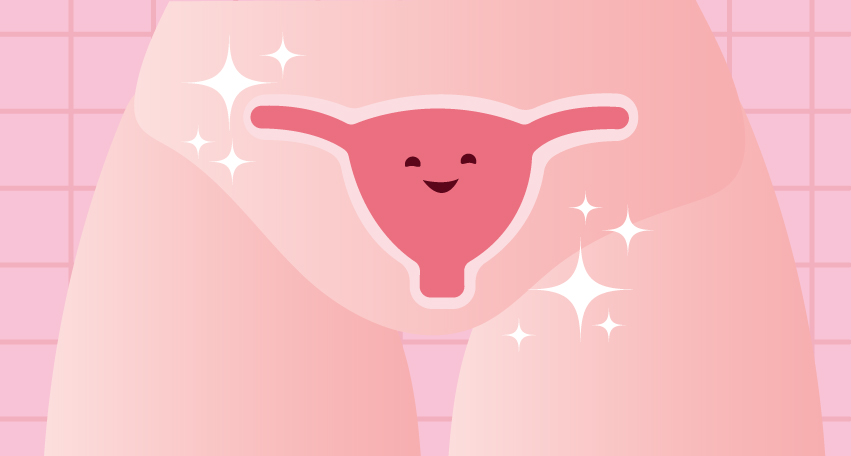
You can safely use this contraceptive if you don’t have any pelvic conditions, late-stage HIV, or cervical cancer. However, if you have any of the mentioned conditions above, using IUD as birth control is risky. As mentioned in the previous section, getting this device can increase your chances of getting pelvic inflammatory disease (PID), worsening your condition.
-
Original price was: ₱3,395.00.₱3,055.50Current price is: ₱3,055.50.
-
₱4,745.00
-
Original price was: ₱5,995.00.₱4,196.50Current price is: ₱4,196.50.
-
₱8,400.00
7You don’t have a copper allergy or Wilson’s disease.
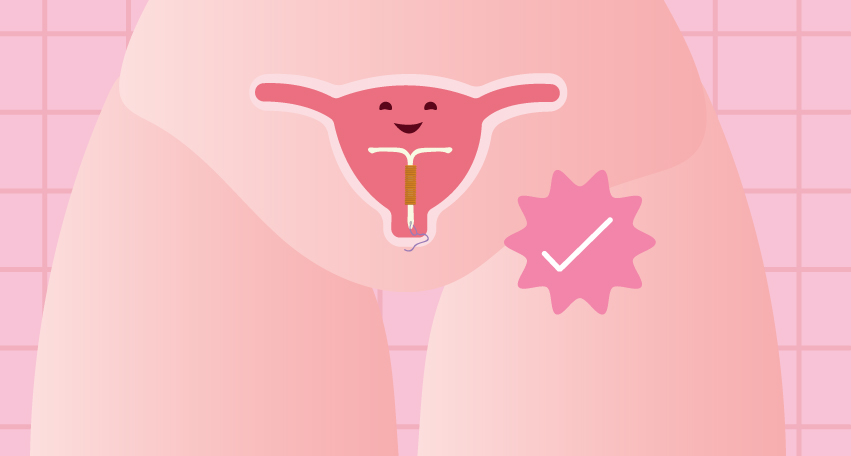
If you don’t have any copper-related health conditions, such as copper allergy or Wilson’s disease, a rare genetic disorder that causes your body to hold excessive amounts of copper. Should you have any of the mentioned conditions, we recommend getting the hormonal IUD instead of the copper type.
What to Expect During & After an IUD Insertion
For those choosing this birth control, here are some of the things you might expect during and after an IUD insertion. Remember that everyone may have unique experiences with this procedure, so don’t take this section as a concrete guide. It’s best to consult your doctor before the insertion date to help you get prepared.
1You may need to eat a light snack and take a pain reliever before the procedure.

There’s a chance that you might feel a bit dizzy after the procedure, so it’s better to eat a light meal or snack and drink plenty of water at least an hour before the appointment. This will lessen the dizziness and prevent you from fainting. Emphasis on “light snack” as you don’t want to eat so much that you might feel bloated or uncomfortable during the procedure.
The insertion may cause some discomfort and cramping, so taking a painkiller may help in minimizing the pain. Consult your doctor first about this tip.
2The doctor will conduct a pre-procedure test and checkup first.

Once you’re in the clinic, your doctor may ask for a urine sample to ensure that you’re not pregnant. If the test is positive, the doctor will cancel the procedure. Once you’re cleared from the pregnancy test, the doctor will do an examination to ensure that your pelvic organs are healthy. The doctor will also measure the size of your uterus and note its position.
-
₱899.00
-
₱1,449.00
-
₱939.00
3The IUD insertion takes about 5-15 minutes.

Once all initial tests and checkups are done, the doctor will start the insertion process. They will fold the arms of the IUD and insert it in a small tube applicator. This tube will then be inserted until it reaches your uterus.
After that, the arms of the IUD will open up again. The tube will then be removed from your vagina. The doctor will then trim the string, which will approximately hang 3 cm in your vagina; this string ensures that the device will be easily removed or replaced in the future. This procedure will only take 5-15 minutes, depending on your doctor and the circumstances during the process.
Frequently Asked Questions

If you still have questions and concerns about this birth control method, no worries, as we’ve answered some of the frequently asked questions about IUD.
1Will my partner feel the IUD during sex?
Most partners don’t feel anything during sex, but there are cases wherein a male partner would feel the IUD string during vaginal sex. If it’s bothering you or your partner to the point that it’s affecting the deed, you may try to ask your doctor to trim it down.
2Is it safe to ejaculate when a person is wearing an IUD?
Yes, you can safely finish inside your partner’s vagina if they’re using IUD as birth control. This contraceptive is designed to block the sperm from reaching the egg. So even if semen is present inside you, the device can prevent pregnancy.
3When can I have sex again after the IUD insertion?
You’ll need to refrain from having sex, as well as inserting any object in your vagina and taking a bath, for 24 hours after the insertion procedure.
Remember that copper IUDs will protect you against pregnancy after insertion. Hormonal IUDs will take 7 days unless you’ve got them inserted during the first 7 days of your menstrual cycle; use other birth control options in the meantime if you really want to have sex after 24 hours.
4When will the IUD start getting effective after the insertion?
If you’re using the copper IUD, it’ll work right away. As for hormonal IUDs, it may take 7 days for them to work unless you’ve got them inserted during the first 7 days of your period.
5What should I do if I get pregnant while using an IUD?
First, you’ll need to go to the doctor immediately. They will then check if it’s intrauterine (pregnancy took place in the right location) or ectopic (fertilized egg implants outside the uterus).
If it’s ectopic, the pregnancy will be aborted as there’s no way for the fertilized egg to survive, and it can be deadly on your end. If the pregnancy is intrauterine, you’ll have to discuss the next steps with your doctor. Depending on the country and state you’re living in, you may be given a chance to abort the pregnancy.
6Is there a way to know if my IUD has moved or not?
Wash your hands, squat, or sit with your legs spreading out, and gently insert your finger in your vagina. Feel your cervix, which has a firm and rubbery feel to it. The strings should be hanging in this area. Don’t pull the strings; just feel them in.
If they feel the same as you did the first time, your IUD birth control is in place. If they’re short, or you can no longer feel them, then the IUD has possibly gone out of its place. Go to your doctor immediately for a checkup.
7Can I use tampons while using an IUD?
Yes, you can safely use a tampon when you have an IUD since it’s kept in your vagina and not in your uterus.
8Where can I get an IUD?
You may search for sexual healthcare clinics; don’t forget to consult your obstetrician-gynecologist (ob-gyn) before the insertion process. If you can’t afford the full treatment, you may want to check non-government organizations that provide free birth control for women, such as Likhaan Center for Women’s Health.
Takeaway
As of today, IUDs are one of the most effective and reliable birth control options. It’s low-maintenance, has hormonal and non-hormonal options that are reversible, and can last up to 10 years. Yes, you might feel some discomfort during the insertion procedure, but considering the benefits you’ll get in the long run, it’s all worth it. If you have further questions about this contraceptive, we recommend seeking help from your healthcare provider.




